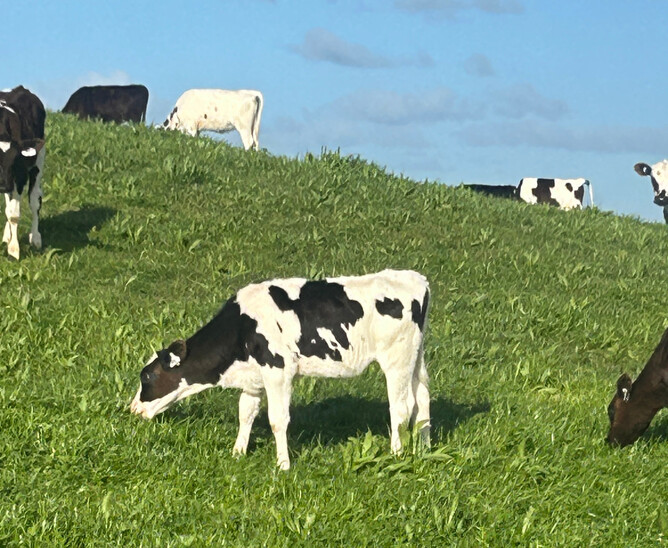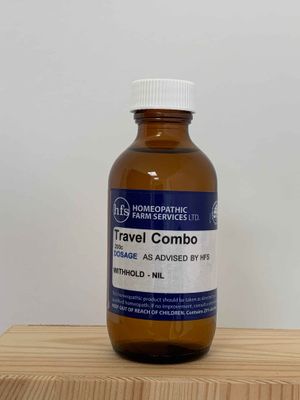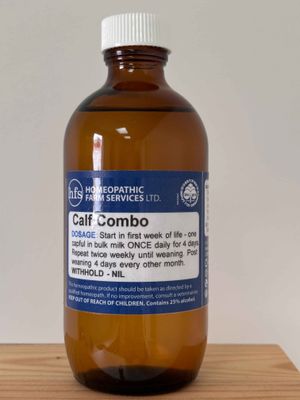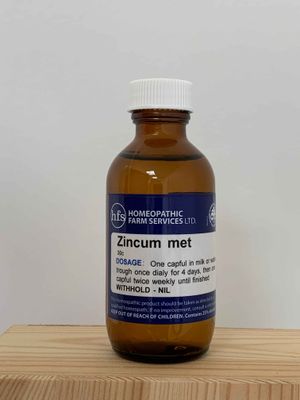Once we hit weaning time, it’s always an exciting stage — all your hard work starts to show. But this is also where things can come unstuck. What we think our calves weigh and what they actually weigh are often two very different things!
If you don’t already have a set of scales, it’s well worth the investment, or finding a way to check true weights. Scales don’t lie, and they’ll save you a lot of trouble down the track.
When’s the Right Time?
Don’t Rush It
Take Friesians for example — two calves might both be black and white, both “Friesians,” but that’s often where the similarities end. One might be developing beautifully through the gut and body, and the other just isn’t quite there yet.
If one doesn’t look right — if it hasn’t developed that depth or rumen capacity — don’t wean it. Simple as that.
I learned that lesson the hard way years ago when I was relying on a weigh band. I remember being tired and over feeding calves, thinking, “near enough is good enough.” Within a week or two, I had four or five calves that just went off. They looked poor, and I realised I’d rushed it. They suffered a classic weaning check, and it undid all the good work from those early weeks.
We’ve all been there — you’re tired, ready to be done — but sometimes the calves aren’t finished just because we are.
If you do use a weigh band, go 10kg over. They can be out by 10–15kg depending on placement.
You can see in this calf the gut is developing that depth and capacity and heading towards its weight for weaning.
Weaning to Weight (and Breed)
We used to talk about 75kg for Jerseys and 85kg for Friesians off milk — but I’ve seen too many issues with that approach. Based on 30 years of calf rearing, here’s what’s consistently worked for me:
Friesians: off milk at 100kg
Jerseys: off milk at 90kg
Crossbreeds: off milk at 95kg
If you wean at these weights, and your calves are going onto good grass, you won’t need meal. We use milk, grass, silage, and hay if we run out of silage — that’s it. I won’t wean anything lighter, and I rear around 200 calves a year.
Meal or No Meal?
Years ago, when I was feeding meal, I often noticed calves with wet, smelly back ends. We tried different brands and mixes, but once I switched to silage and hay, that cleared up.
Meal is still a great tool for building body weight, and it suits many systems — but for us, grass and roughage have done the job perfectly. If you do feed meal and find your calves a bit loose or smelly, you might consider Nux vomica as a homeopathic option to support digestion when diets are rich or changeable.
Preparing for the Change
About 10 days before weaning, it’s a good idea to start reducing milk volume gradually. This helps the transition period of weaning to go smoother and by dropping their milk down the calves are not so reliant on the milk. Make sure the calves have plenty of clean water, good-quality hay or silage, and a palatable meal (if being feed) available at all times. But more importantly making sure they have access to good grass ahead.
It’s also a time when calves are prone to stress — feed changes, routine changes, even moving paddocks or mobs can be unsettling. Stress can knock their appetite and open the door to scours or respiratory issues. This is where homeopathics can really lend a hand alongside good management.
Consistency is still Key
Supporting the Calves Naturally
We suggest you start with Travel Combo, which we often think of as the emotional support mix. Even though they might not show it like people do, calves feel stress and anxiety from sudden changes — new pens, new mobs, no milk, and unfamiliar routines. Travel Combo helps with that mental and emotional adjustment, keeping them calm and settled through the transition. Think of it as helping to calm the “wired but tired” calf that can’t quite settle or seems a bit nervy. It works well alongside good nutrition and management, helping calves stay steady, focused, and able to adapt to the next stage of growth.
Calf Combo is what we call a constitutional support — it helps build a calf’s overall health and resilience from the inside out. It’s a combination of Calc phos, Calc carb, Silica, Pulsatilla, and Lycopodium — these well-known remedies on the physical side, are for supporting growth, bone and tissue strength, and digestion. Think of it as helping the calf through those “growing up” changes — strong bones, shiny coats, and optimum gut development especially with a affinity with assimilation of nutrients. However, if we think of these 5 constitutional remedies, they build better, more resilient animals so they will withstand aspects of stress, anxiety and fear which can be main contributing factors to any issues in their first year of life.
Used together, these two combos help your calves stay strong, relaxed, and thriving while you handle the management side of things.
Zincum met is another handy homeopathic to have on hand at weaning time. It’s great support for the nervous system, especially when calves are showing signs of stress or fatigue from all the change that comes with weaning — new feed, new routines, and separation. Used with your other weaning supports, Zincum met can help smooth the transition and keep that all-important immune system on track.
Practical Weaning Tips
Here are a few tried-and-true pointers for a smooth weaning process:
Choose a time when weather is favourable - this could make a huge difference to your weaning success in the first week.
Weigh regularly — don’t guess! Aim for that 90–100 kg target and look for that good depth (rumen development).
Reduce milk slowly — drop the litres slowly over several days rather than going cold turkey.
Offer top-quality feed — calves should be eating well before milk stops completely.
Keep stress low — avoid making big changes (like shifting paddocks or mixing mobs) on the same day as weaning.
Monitor health closely for a week or two after weaning — pick up any dips in condition early.
Weaning is one of those milestones where a bit of extra attention really pays off. Calves that transition well tend to stay healthier and keep on track for their growth targets. Combining sound management with natural support like Calf Combo and Travel Combo helps them stay strong, resilient, and ready to take the next step.
By staying ahead of stress and managing feed transitions carefully, I can wean big mobs with minimal issues. Any calf that doesn’t do so well just drops back a mob after the first weigh — no drama.
The proof’s in the results: smoother weaning, fewer checks, and strong calves that transition easily onto grass.
Takeaway Tip
Weaning by weight and development, not by date, is the single best thing you can do for calf health and future performance. The scales are your best friend here — they never lie!
If you’d like advice on how to use these combinations in your weaning programme — or to order your next batch — get in touch with us. We’re always happy to help you find the right natural support for your herd.




